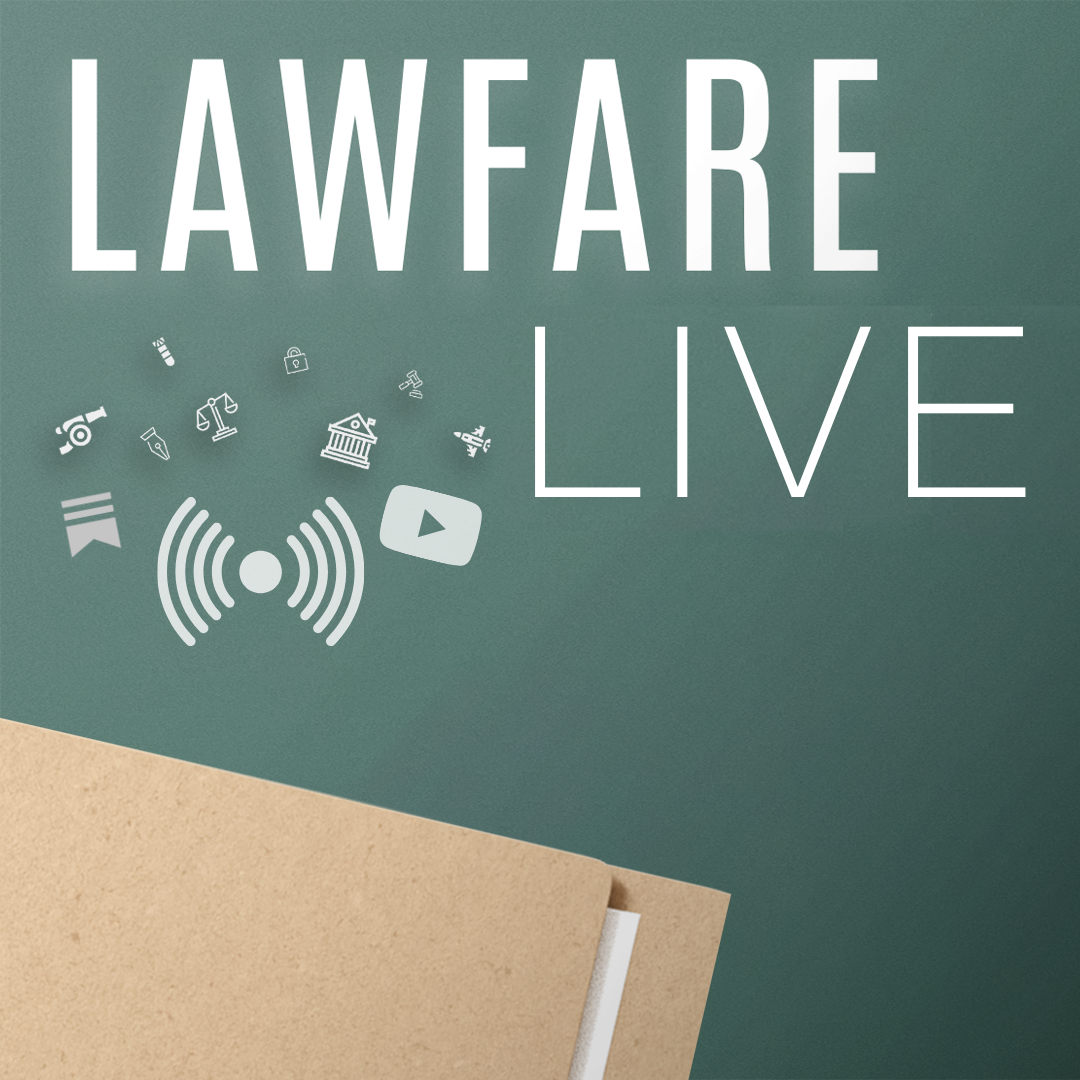When Does the War on Terror End?
I met Adam Klein, then a first year law student, sometime back, when his professor, Matthew Waxman, sent him my way. Matt had suggested that Adam work with me for his 1L summer and told me he was exceptional--which turned out to be very true.
Published by The Lawfare Institute
in Cooperation With

I met Adam Klein, then a first year law student, sometime back, when his professor, Matthew Waxman, sent him my way. Matt had suggested that Adam work with me for his 1L summer and told me he was exceptional--which turned out to be very true. We ended up writing a long article together--forthcoming imminently in the Harvard National Security Journal--about the theory and practice of preventive detention in American law, but that's not the point of this post.
The point of this post is an article Adam wrote separately, a student note in the Columbia Law Review entitled "The End of Al Qaeda? Rethinking the Legal End of the War on Terror." For all those--I count myself among them--who have spoken or written sentences like "This is a war that will never end," or "The war on terror is different because it has no endpoint," it really is worth a careful read. Here is the introduction, stripped of footnotes:
2009 was a perplexing year in the “war on terrorism.” The gravest terrorist threats to the U.S. homeland arose not from the meticulous plotting of al Qaeda masterminds in a cave in the Hindu Kush, but from the impetuous acts of a baseball cap-wearing pushcart vendor, a U.S. Army psychiatrist, a former high school defensive lineman, a gang of ne’er-do-well ex-cons, and the confused, frustrated scion of a wealthy banking family. Meanwhile, Osama bin Laden, Ayman al-Zawahiri, and other top al Qaeda leaders are reportedly ensconced in Pakistan’s tribal areas, and, though “substantially weaker than . . . on the eve of the 9/11 attacks, . . . still pose[ ] an active and immediate threat to the United States.” Over nine years after September 11, 2001, the war on terrorism shows no sign of drawing to a close.The length and novelty of the conflict and the open-ended Authorization for the Use of Military Force (AUMF) have led courts and legal scholars to comment on the uncertain prospects for a determinate legal end to the conflict. Supporters of presidential discretion, acknowledging the “novel features of the current conflict,” emphasize that “the AUMF does not purport to limit the time period in which the President can act.” Even skeptics acknowledge that, under “a fair reading” of prior Supreme Court precedents, the open-ended AUMF could mean that “the President may continue to use many of his war powers . . . indefinitely.” Whether unperturbed or deeply concerned, both sides accept the legal proposition that the war powers may continue in force until some future date upon which the enemy is declared, by an action of the political branches, to have been defeated. In Boumediene v. Bush, the Supreme Court expressed concern about this indefiniteness, suggesting it might “not have [the] luxury” of leaving undefined the “outer boundaries” of the duration of war powers in this conflict and alluding to the need for action by the political branches to address this uncertainty.This Note argues that a binary, on/off model of when and how a war on terrorism ends under law does not adequately reflect the multifaceted nature of the overall al Qaeda threat to the United States. The status quo also raises the prospect of judicial refereeing of an issue more suited to resolution by the political branches, as underscored by the Court’s warning in Boumediene. Nor does the current model serve the political branches well, as it places on them the awkward obligation, fraught with political risk, of pinpointing the “end” of such a nebulous conflict. This Note thus proposes a more nuanced, better fitting legal model of conflict termination for the war on terrorism.Part I reviews past Supreme Court practice in fixing the end date of hostilities and the evolution of the principle that the end of a war is to be determined by reference to a public act of the political branches. It then considers scholarly attempts to apply this doctrine to the current conflict.Part II.A offers a brief description of competing “top-down” and “bottom-up” views within the counterterrorism community about the structure of the Islamist terrorist threat to the United States, and argues that prior analyses have relied on a view of the terrorist threat insufficiently informed by counterterrorism scholarship. Part II.B considers the implications of each model for two elements of the end of the conflict: (1) the possibility of the conflict against a terrorist group ending at a sufficiently clear point to be legally cognizable, and (2) when the conflict ends with respect to an individual terrorist combatant. This analysis illustrates how the nature of the enemy—an amorphous, continuously evolving nonstate actor—renders untenable the notion of a single legal endpoint for this conflict.Part III addresses these complexities by proposing a “hybrid” model of conflict termination in the war on terrorism, which would disaggregate legal authorities for counterterrorism and permit, to the extent desired, the assignment of a distinct termination provision to each. It further argues that each authority’s termination should reflect an analysis of how the aspect of the terrorist threat it seeks to address might terminate in fact, and whether such termination would appropriately be identified by a political or adjudicative determination.
Benjamin Wittes is editor in chief of Lawfare and a Senior Fellow in Governance Studies at the Brookings Institution. He is the author of several books.


-(1).jpg?sfvrsn=739a73d4_5)

.jpg?sfvrsn=8253205e_7)
